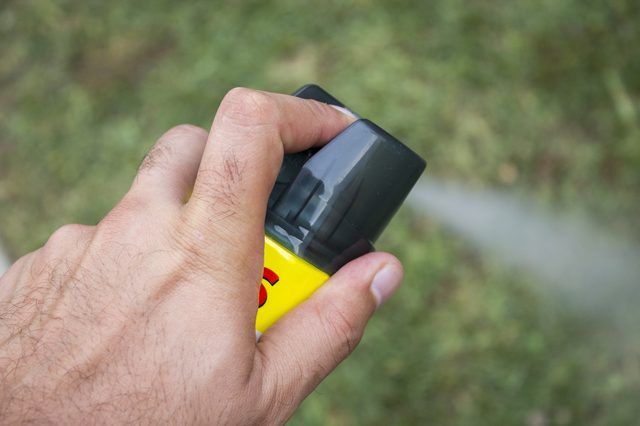Bulbs
Flower Basics
Flower Beds & Specialty Gardens
Flower Garden
Garden Furniture
Garden Gnomes
Garden Seeds
Garden Sheds
Garden Statues
Garden Tools & Supplies
Gardening Basics
Green & Organic
Groundcovers & Vines
Growing Annuals
Growing Basil
Growing Beans
Growing Berries
Growing Blueberries
Growing Cactus
Growing Corn
Growing Cotton
Growing Edibles
Growing Flowers
Growing Garlic
Growing Grapes
Growing Grass
Growing Herbs
Growing Jasmine
Growing Mint
Growing Mushrooms
Orchids
Growing Peanuts
Growing Perennials
Growing Plants
Growing Rosemary
Growing Roses
Growing Strawberries
Growing Sunflowers
Growing Thyme
Growing Tomatoes
Growing Tulips
Growing Vegetables
Herb Basics
Herb Garden
Indoor Growing
Landscaping Basics
Landscaping Patios
Landscaping Plants
Landscaping Shrubs
Landscaping Trees
Landscaping Walks & Pathways
Lawn Basics
Lawn Maintenance
Lawn Mowers
Lawn Ornaments
Lawn Planting
Lawn Tools
Outdoor Growing
Overall Landscape Planning
Pests, Weeds & Problems
Plant Basics
Rock Garden
Rose Garden
Shrubs
Soil
Specialty Gardens
Trees
Vegetable Garden
Yard Maintenance
How to Kill Fungus on Grass
How to Kill Fungus on Grass. Fungal diseases favor a lawn already in distress. Growing the wrong type of lawn grass for your climate or a grass variety with known susceptibility to fungal diseases increases the chances for problems. Killing lawn fungus successfully requires a combination of proper disease diagnosis, improved cultural conditions and...
Fungal diseases favor a lawn already in distress. Growing the wrong type of lawn grass for your climate or a grass variety with known susceptibility to fungal diseases increases the chances for problems. Killing lawn fungus successfully requires a combination of proper disease diagnosis, improved cultural conditions and the use of fungicides when necessary.
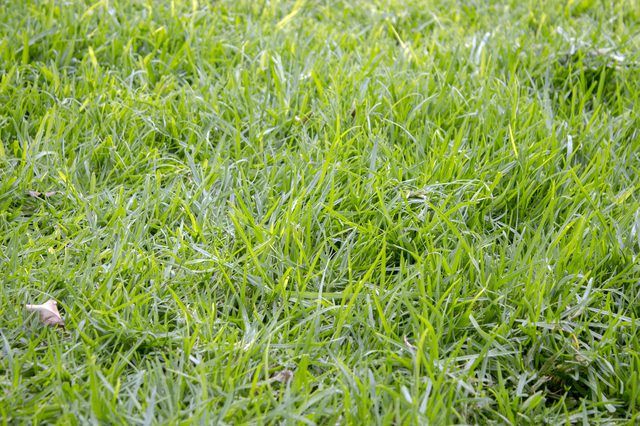
Fungal diseases tend to follow two symptom patterns. The lawn develops roughly circular patches of dying grass or grass that isn't the same shade of green, or the grass blades develop discolorations, spots or lesions. Drought stress and mechanical damage can also create these symptoms, so further inspection to verify fungal activity is necessary. The University of Florida extension service recommends inspecting the grass for fungal structures in the morning before the dew dries. These structures may resemble white cotton candy. Also make note of the shape, color and location of any dead patches or lesions. Testing by a plant diagnostics laboratory verifies the diagnosis. Taking samples from multiple locations in the diseased area, including roots, soil and leaves, and packaging them in a plastic bag with a moist paper towel aids the diagnostic process.
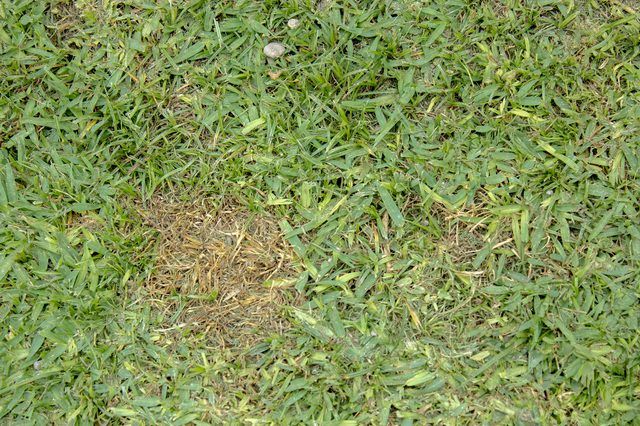
A healthy lawn needs some nitrogen to remain green and growing, but too much or too little can lead to fungal disease. Fertilize your lawn with the lowest amount of nitrogen necessary for the specific grass variety. Although amounts vary, the University of California recommends applying no more than 1 pound of actual nitrogen per 1,000 square feet of lawn in a single application. Applying a fertilizer with more potassium than nitrogen can also help prevent fungal problems. Warm-season grasses generally require fertilization in spring and summer, and cool-season varieties respond better to fall and spring applications.
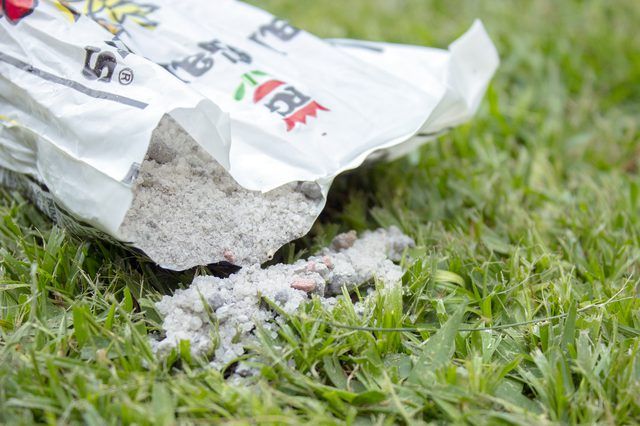
Sun, shade and moisture can impact both the susceptibility of the grass to diseases and the type of fungus most likely to affect your lawn. Overly moist or wet conditions favor many types of lawn fungus. Areas that remain cool or in the shade, such as under trees or on the north side of the home, are sometimes more prone to fungal problems because moisture evaporates slowly from both the soil and from the leaves. If morning dew remains on the surface of the grass for long periods of time, rinse it off in midmorning with fresh water, or drag a hose across the grass to disperse the dew and speed drying. Irrigation needs vary depending on climate, current weather conditions and the type of grass, so adjust your watering schedule as needed so the soil remains moist but doesn't become water-logged or soggy. Morning irrigation allows excess moisture to evaporate before nightfall, which further inhibits fungal growth. If your soil is hard and doesn't absorb moisture well, core aeration increases the movement of water and air to the soil and grass roots.
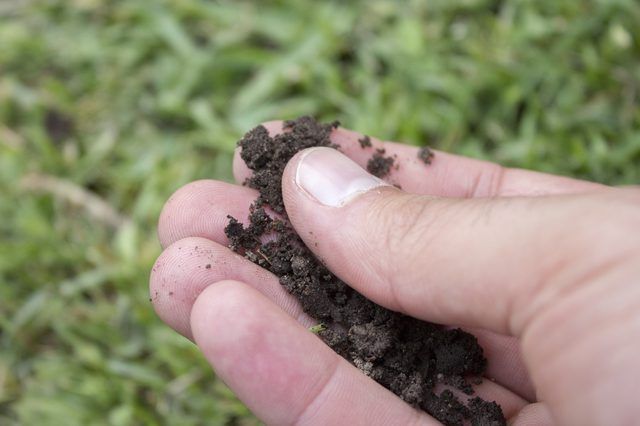
Regularly sharpening and properly setting your lawnmower blade so it doesn't cut the grass shorter than 2 ? to 3 inches long improves the health of your grass. It's also best to avoid mowing wet grass. If you have suspected disease areas in your lawn, mow these last and rinse the clipping from the underside of the lawnmower with water so you don't spread the spores to healthy lawn areas. A high thatch layer causes your lawnmower to sink into the grass, which can lead to a scalped lawn. This stresses the grass and makes it more susceptible to disease, so excess thatch removal is necessary.
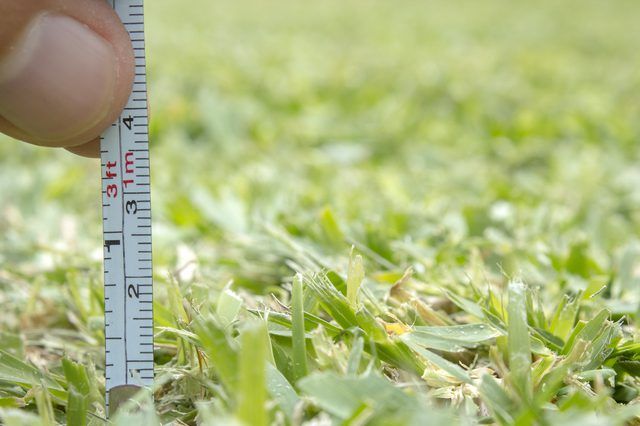
Fungicides, when used alongside proper cultural care and mowing practices, can eliminate or greatly diminish disease problems. Most fungicides require application when conditions favor a known fungal problem. Depending on the fungicide and the disease, they may require spraying onto leaf surfaces, watering into the soil, or they may come in a granular form. Contact fungicides, typically used as a preventative, are sprayed upon the leaf surfaces of the grass and remain active for seven to 14 days so they may require frequent reapplication. Local-penetrant fungicides, also a preventative, move a short distance in the plant tissue and are used similarly to contact fungicides. Systematic fungicides move through the plant's vascular system and remain active for up to 30 days, so they require less frequent application. Mesotemic fungicides penetrate leaf surfaces and remain active up to 14 days as a preventative treatment. When applying fungicides, follow manufacturer's safety precautions and application rates to avoid injury to yourself and your lawn.
